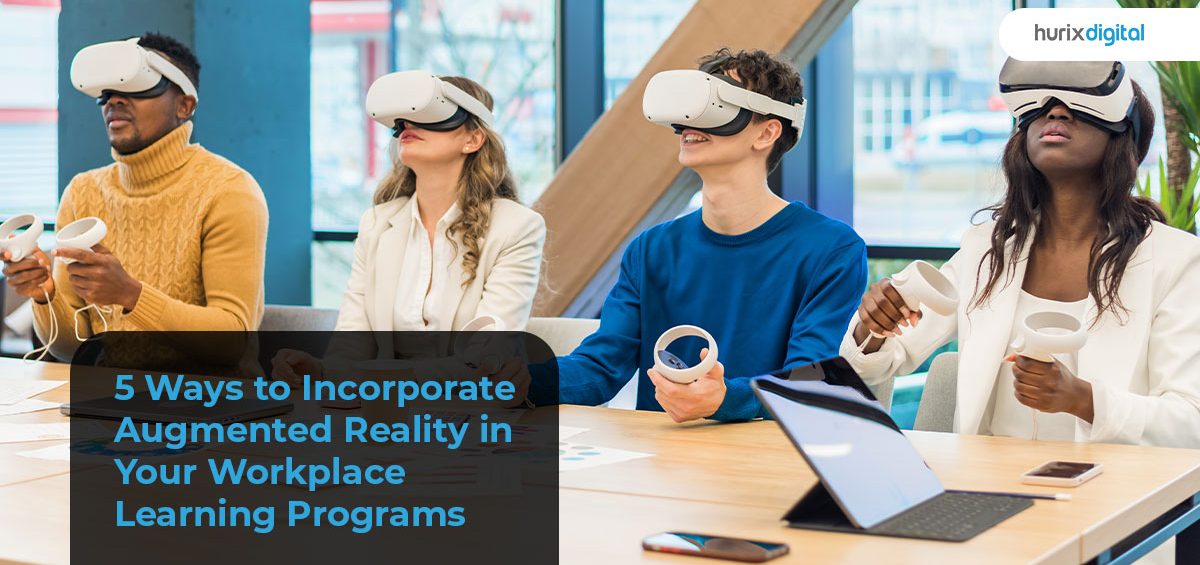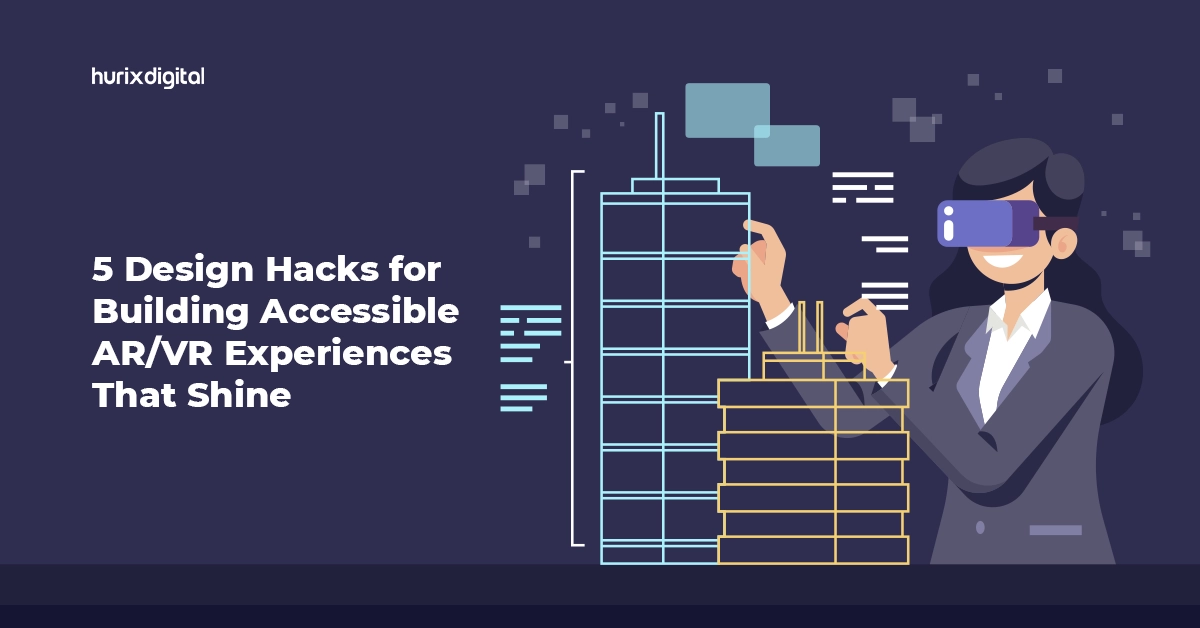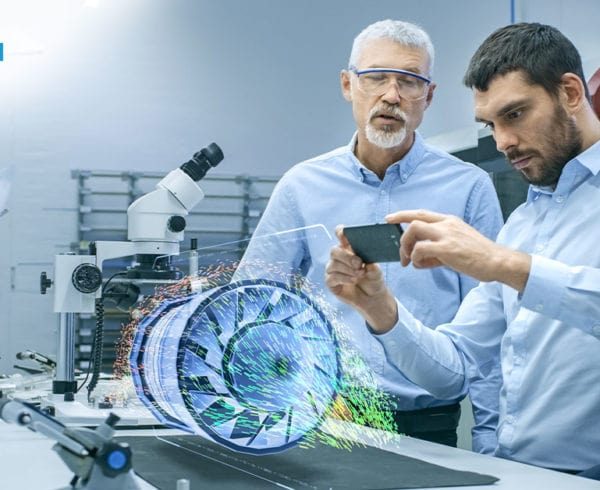Summary
This article discussed the various ways in which Augmented Reality can be used in training programs. It also provided a few of the most popular AR applications in the workplace.
In today’s fast-paced business environment, ongoing learning and development are essential for organizations to stay competitive. Companies invest heavily in corporate learning solutions to ensure that their employees are equipped with the knowledge and skills necessary to excel in their roles. One of the technologies that has gained significant traction in recent years is Augmented Reality. The use of Augmented Reality in training is revolutionizing the way employees experience activity, making it more engaging, immersive, and effective.
In this article, we will explore various ways to use Augmented Reality in employee training and how it can benefit your organization.
Table of Contents:
What is Augmented Reality?
Augmented reality is a technology that overlays digital content, such as images, videos, or 3D models, onto the real world, enhancing the user’s perception and interaction with their environment. AR is best experienced through various devices, including smartphones, tablets, smart glasses, or headsets.
Also Read: 4 Reasons Why AR Training is Improving L&D
Applications of AR
We have listed down some of the most prominent applications of Augmented Reality (AR) in training and development.
-
Employee Onboarding & Orientation
Traditional onboarding processes can be lengthy and overwhelming for new hires, leading to information overload and reduced engagement. One way of driving engagement is AR-assisted tours of the factories, offices, or shop floors. Instead of being shown around, new hires can explore the workplace at their own pace, familiarizing themselves with the physical layout of the workplace. You can also use AR to provide the next level of information about specific equipment or machinery through overlaid videos or interactive guides. It helps new employees grasp complex concepts more quickly and accelerates their learning curve.
-
Skill Development
Workforce learning often involves training on skilled tasks or procedures that require handling complex equipment or machines. AR-based skills training, when done well, is known to considerably shorten the time to competence, making it a very attractive proposition. With AR instructions overlaid within the physical work environment, employees can easily develop the skills on the job, without having to depend on a lengthy apprenticeship or shadowing. This not only enhances their learning experience but also reduces the risk of accidents or errors when handling complex and expensive equipment.
-
Performance Support
AR can also be used to provide just-in-time training or performance support. Employees can access relevant information, such as standard operating procedures, troubleshooting guides, or safety protocols, through AR-enabled devices when they need it the most. This reduces the need for printed manuals or constant supervision, enhancing the learning experience and accelerating skill development. AR can also provide visual cues, annotations, and step-by-step instructions overlaid onto the employee’s field of view. For example, an AR system can guide an employee through the process of assembling a complex piece of machinery by highlighting the relevant parts, displaying instructions, and providing real-time feedback on their performance. This helps them perform their tasks more effectively and efficiently, reducing downtime and improving productivity.
-
Gamified Experiences
AR can be integrated into gamified learning experiences to create interactive and immersive games that promote learning and skill development. Gamified learning experiences can significantly improve engagement and motivation among employees, making learning more enjoyable and effective.
For instance, you can create treasure hunts or scavenger hunts where employees use AR-enabled devices to locate hidden virtual objects or solve puzzles related to the learning content. As they progress through the game, employees can earn points, badges, or rewards, creating a sense of competition and achievement. This not only makes learning fun but also encourages employees to actively participate and retain the information better.
-
Remote Assistance
AR can facilitate remote assistance and collaboration, especially for distributed teams or when experts are not physically present at the employee’s location. Employees can use AR devices to share their live view with remote experts who can provide guidance, annotate the real-time video feed, and offer support and instruction from a distance. This fosters knowledge transfer and skill development, even across different geographical locations.
Also Read: Top 7 Benefits of Online Learning Platforms for Working Professionals
Benefits of Augmented Reality in the Workplace
The use of augmented reality in workplace learning programs offers significant benefits, such as:
-
Cost-Effectiveness
Traditional skill development training methods often involve significant costs, especially when expensive facilities are trainers are required. In such cases, AR-based training can be a more cost-effective alternative, as it eliminates or reduces many of these expenses.
-
Low Risk
Augmented reality training can significantly reduce the risk of errors or accidents. In industries where safety is a critical concern, such as manufacturing, construction, or healthcare, AR-based training can provide a safe environment for employees to practice their skills and learn from mistakes without any real-world consequences.
-
Learning Effectiveness
AR-based training can improve the effectiveness and efficiency of learning. The immersive and interactive nature of AR engages employees, enhances their retention of information, and allows for the immediate application of learned skills. Employees can learn at their own pace and receive real-time feedback, which helps in reinforcing learning and correcting mistakes.
In Conclusion
As AR technology continues to advance, organizations are exploring the potential of augmented reality in their learning and development strategies to stay ahead in the competitive business landscape. Companies known to use Augmented Reality for training include Walmart, Boeing, UPS, Ford, and Accenture. These are just a few examples, but many other companies across different sectors are adopting AR technology to enhance their training and onboarding processes.
Implementing augmented reality as part of your corporate learning solutions may seem daunting, but with professional help from corporate training consultants, you can take your first step towards designing AR solutions customized to your organizational needs. Many AR platforms offer easy-to-use authoring tools that allow organizations to create their own AR training content without requiring extensive technical expertise. These platforms often provide analytics and reporting features that allow organizations to track and measure the effectiveness of their AR-based training programs.
Looking for help with deciding whether an AR-based learning program is a good fit for your employees’ learning needs? Hurix Digital is one such organization that helps with your AR in workforce development needs.
Need to know more? Contact Hurix Digital today.










